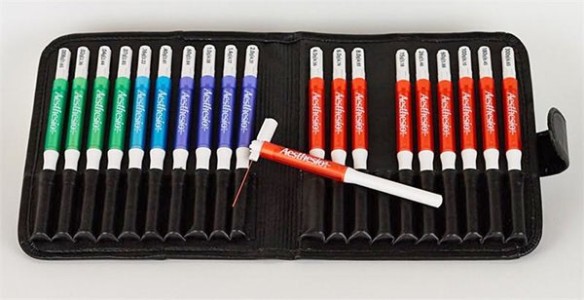Authors
Bonnard E, Poras H, Fournié-Zaluski MC, Roques BP
Lab
Pharmaleads, Paris BioPark, 11 rue Watt, 75013 Paris, France
Journal
Eur J Pharmacol.
Abstract
Neuropathic pain remains difficult to treat due to the involvement of various pathophysiological mechanisms in its pathogeny. Among the different opioidergic systems the enkephalinergic one is primarily recruited via activation of delta opioid receptor (DOP) in chronic pain and of mu opioid receptor (MOP) in acute pain. To investigate the role of their endogenous ligands Met and Leu-enkephalin in neuropathic pain control, a dual inhibitor of their degrading enzymes, PL265, which acts restrictively at the level of peripheral nociceptors, was administered per os to assess its efficacy in pain prevention and alleviation using a partial sciatic nerve ligation model (PSNL) in mice. We demonstrated here that the pre-injury oral administration of PL265 (50mg/kg) during the 9 days of neuropathy development reduces thermal hyperalgesia and mechanical allodynia for two weeks after the end of treatment. The repeated administration (50mg/kg daily, during 10 days) does not induce tolerance. Therefore, protecting the enkephalins released at the peripheral level during neuropathic pain with oral PL265 seems to be a promising approach to prevent and alleviate the painful symptoms of neuropathic pain in humans without the unwanted effects of exogenous opiates such as morphine.
BIOSEB Instruments Used
Von Frey Filaments (Bio-VF-M)
Source :

 Douleur - Allodynie/Hyperalgésie Thermique
Douleur - Allodynie/Hyperalgésie Thermique Douleur - Spontanée - Déficit de Posture
Douleur - Spontanée - Déficit de Posture Douleur - Allodynie/Hyperalgésie Mécanique
Douleur - Allodynie/Hyperalgésie Mécanique Apprentissage/Mémoire - Attention - Addiction
Apprentissage/Mémoire - Attention - Addiction Physiologie & Recherche Respiratoire
Physiologie & Recherche Respiratoire




































 Douleur
Douleur Système Nerveux Central (SNC)
Système Nerveux Central (SNC)  Neurodégénérescence
Neurodégénérescence Système sensoriel
Système sensoriel Système moteur
Système moteur Troubles de l'humeur
Troubles de l'humeur Autres pathologies
Autres pathologies Système musculaire
Système musculaire Articulations
Articulations Métabolisme
Métabolisme Thématiques transversales
Thématiques transversales Congrès & Meetings
Congrès & Meetings 